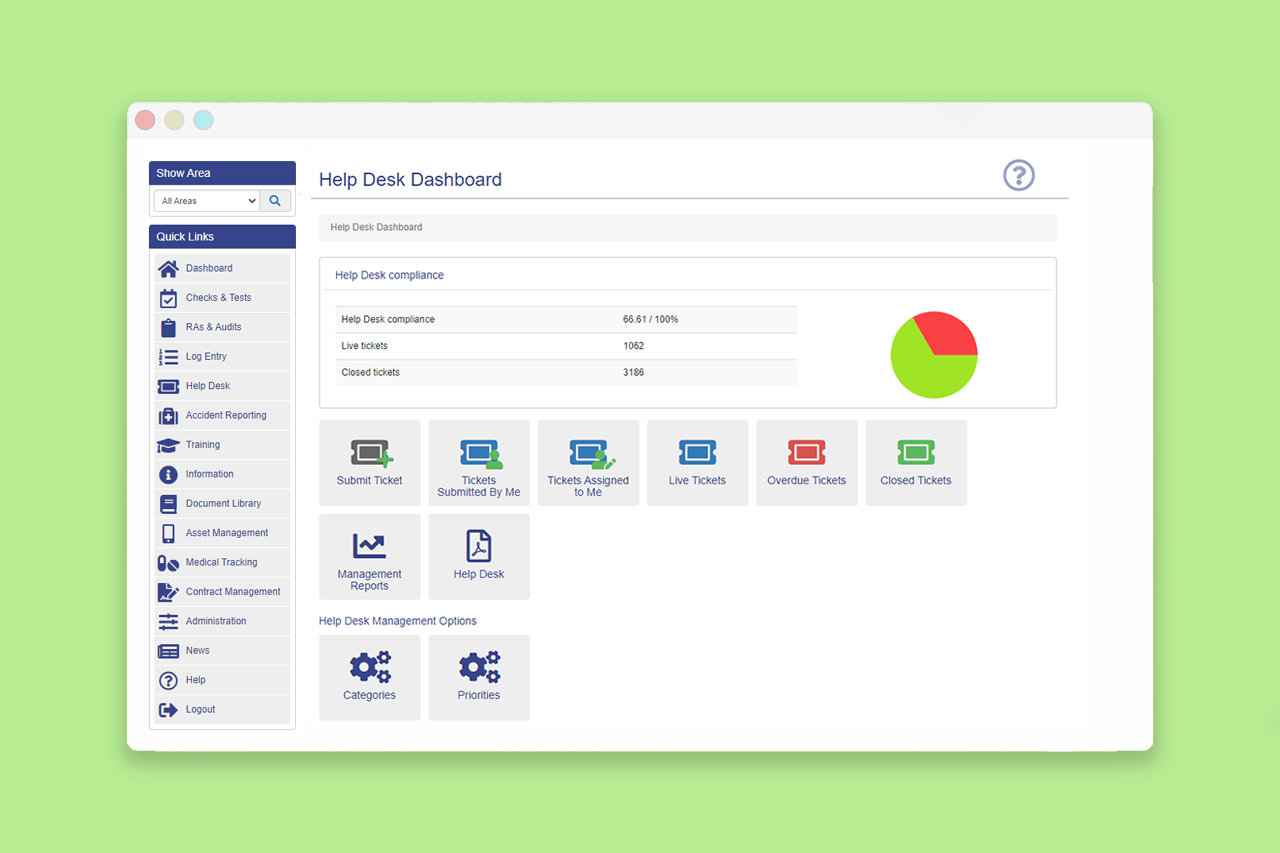Home / News / The Regulatory Reform Order 2005 – Do You Know Your Responsibilities?
The Regulatory Reform Order 2005 – Do You Know Your Responsibilities?

We all know the dangers of fire and the terrible devastation it can cause and as a business owner you have a legal responsibility to ensure that the chances of it happening on your premises are as limited as is reasonably possible. That’s a big responsibility but it’s reassuring to know that the majority of fires are preventable if the right behaviours and procedures are adopted in relation to fire safety management.
The Regulatory Reform (Fire Safety) Order 2005 was put in place by The Government to provide small and medium-sized businesses in England and Wales with a framework from which to work. If you are new to fire safety, it being a new responsibility to yourself, or if you’re setting up a new business, then it’s important you make yourself familiar with what your responsibilities are.
Who is responsible for fire safety will depend upon the individual circumstances of your business. It’s officially defined as ‘the responsible person’, which for you could mean the employer, the managing agent or owner of the premises or the occupier, or even a mix of all of those.
If you don’t know where to start the good news is there are several sources where you can find detailed information, which I’ve listed for you at the bottom of the page. This is by no means an exhaustive list and please bear in mind information has a tendency to change as new and amended guidance is introduced.
Here’s a quick overview for you of what your business is responsible for:
- Fire Safety Risk Assessments – the aim of this exercise is to identify any potential fire hazards and also the people within your premises who may be at risk, especially those who may be at greater risk either because of the location of their work or because they have special needs. This must be done regularly and thoroughly with findings noted as well as any actions carried out as a result. You may wish to do this at the same time as your other risk assessments. You can find guidance on what your fire safety risk assessment should include here.
- Risk reduction – you must take action against any hazards identified in your fire risk assessment and either eliminate or minimise the risk as much as is reasonably possible. This will include things such as ensuring any flammable substances on the premises are kept well away from sources of ignition, securing heaters so they cannot be knocked over, keeping on top of clearing rubbish, such as old cardboard boxes which could easily ignite. Risk reduction measures also include the presence of the correct type of fire fighting equipment and ensuring its upkeep with routine maintenance and regular testing of the apparatus. There should be adequate early detection and warning systems. Again, every risk reduction measure implemented should be recorded.
- Planning – map out a fire safety and evacuation plan detailing what needs to happen in the event of a fire and what plans are in place to ensure people are able to evacuate as quickly as possible. This includes keeping exit routes clear and clearly signed, installation and maintenance of easy to use emergency doors and allocating a safe meeting point.
- Training – ensure all employees are trained on what to do in the event of a fire as well as advising them of any new fire risks as and when they occur. Also make them aware of who they need to advise of any fire hazards they encounter. It is your responsibility to carry out a minimum of one fire drill each year, the results of which must be recorded.
- Consideration – you must take into consideration all potential users of your property, not just employees. This change was introduced to the 2005 update and ensures that risks are minimised not just for employees but for anyone else who may be on the premises such as visitors or members of the public.
Further Information:
- A short guide to making your premises safe from fire, Regulatory Reform (Fire Safety) Order 2005 – www.gov.uk/government/uploads/system/uploads/attachment_data/file/14879/making-your-premises-safe-short-guide.pdf
- Controlling fire and explosion risks in the workplace – www.hse.gov.uk/pubns/indg370.htm
- Fire Safety in the Workplace – www.gov.uk/workplace-fire-safety-your-responsibilities




